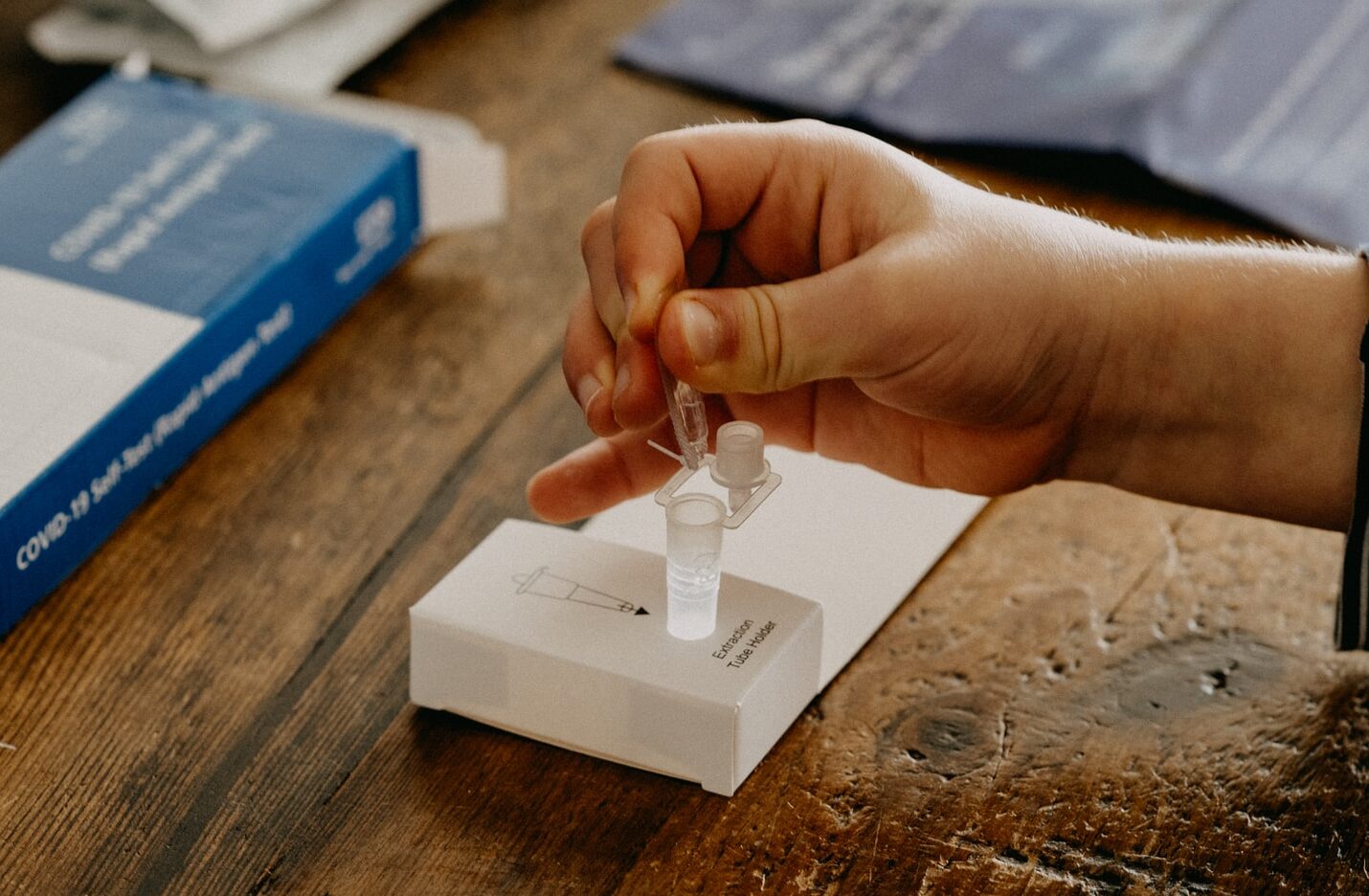Desde 26 de maio de 2022 são aplicáveis a grande maioria dos novos requisitos regulamentares estabelecidos no Regulamento Europeu de dispositivos médicos para diagnóstico in vitro (RDIV), que vem revogar a Diretiva 98/79/CE e o Decreto-Lei nacional 189/2000, nas matérias abrangidas pelo RDIV.
Além de pretender acompanhar o progresso dos conhecimentos científicos e tecnológicos do setor, esta atualização regulamentar pretende assegurar o mais alto nível de proteção da saúde dos doentes, profissionais de saúde e outros utilizadores destes produtos e responder às preocupações de segurança.
Ao contrário da anterior Diretiva 98/79/CE, o RDIV tem aplicabilidade direta em Portugal, não sendo necessária a sua transposição para o direito nacional. Assim sendo, fabricantes, mandatários, importadores e distribuidores devem dar cumprimentos aos requisitos do RDIV a partir da sua data de aplicação.
Não obstante a aplicação direta do RDIV, até à operacionalização da base de dados europeia de dispositivos médicos (EUDAMED), mantêm-se em vigor as regras nacionais relativas às seguintes obrigações:
– Registo de dispositivos médicos para diagnóstico in vitro por fabricantes, mandatários e distribuidores por grosso, conforme os procedimentos de registo na plataforma SIDM do INFARMED;
– Notificação da atividade de fabrico e de distribuição pro grosso conforme os procedimentos de registo na plataforma Licenciamento+ do INFARMED (cuja revisão se encontra em curso);
– Notificação de incidentes graves e ações corretivas de segurança ao INFARMED, conforme procedimentos vigentes, mas de acordo com os prazos definidos pelo RDIV.
O diploma que assegura a execução do RDIV na ordem jurídica interna, nas matérias cuja competência legislativa foi atribuída a Portugal, encontra-se em fase final de elaboração, devendo ser colocado em breve em circuito legislativo.
Referências:
Circular Informativa INFARMED, I.P. N.º 054/CD/550.20.001 de 26/05/2022















